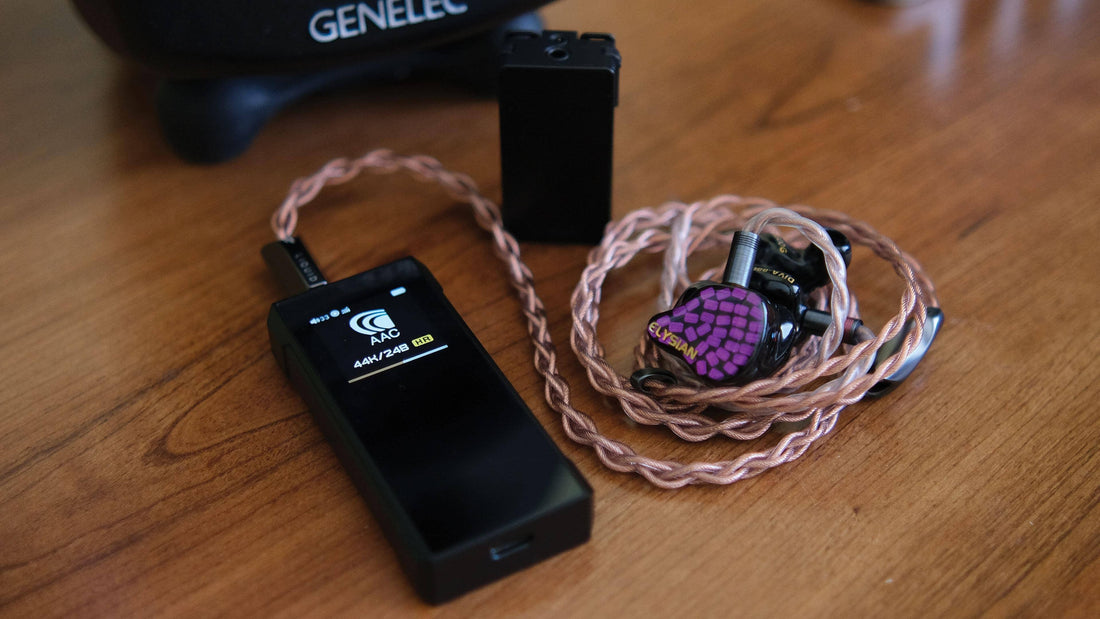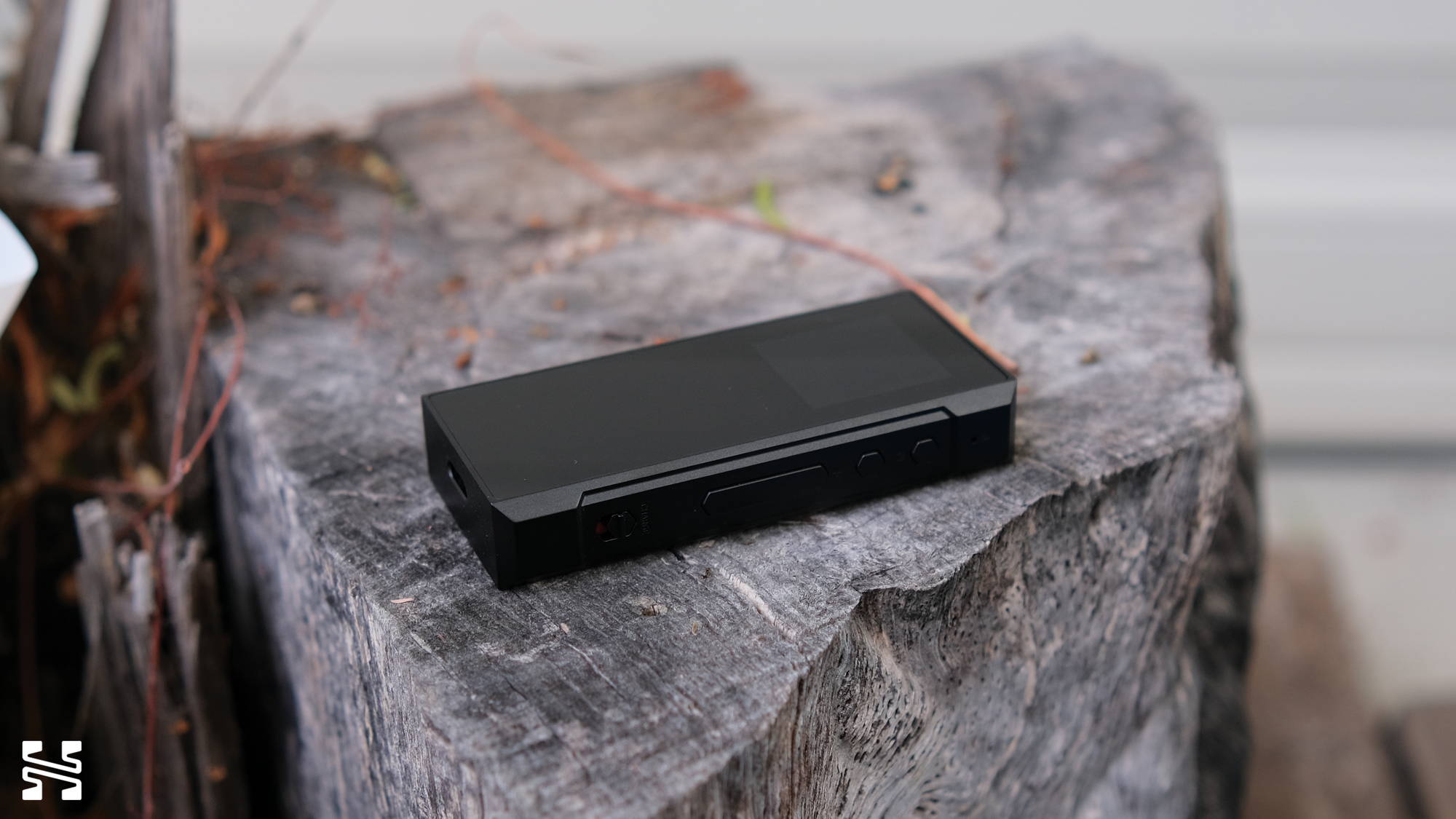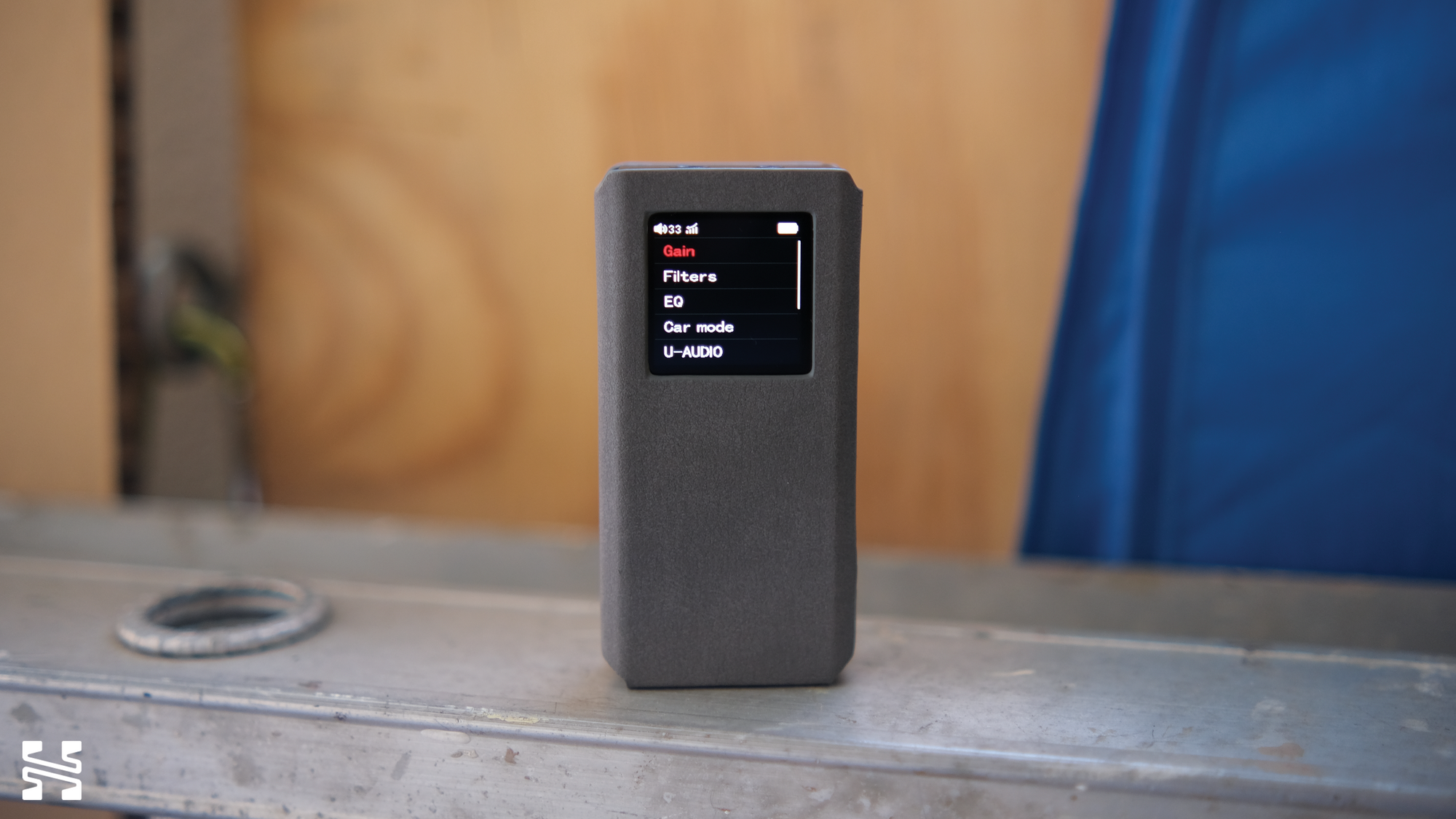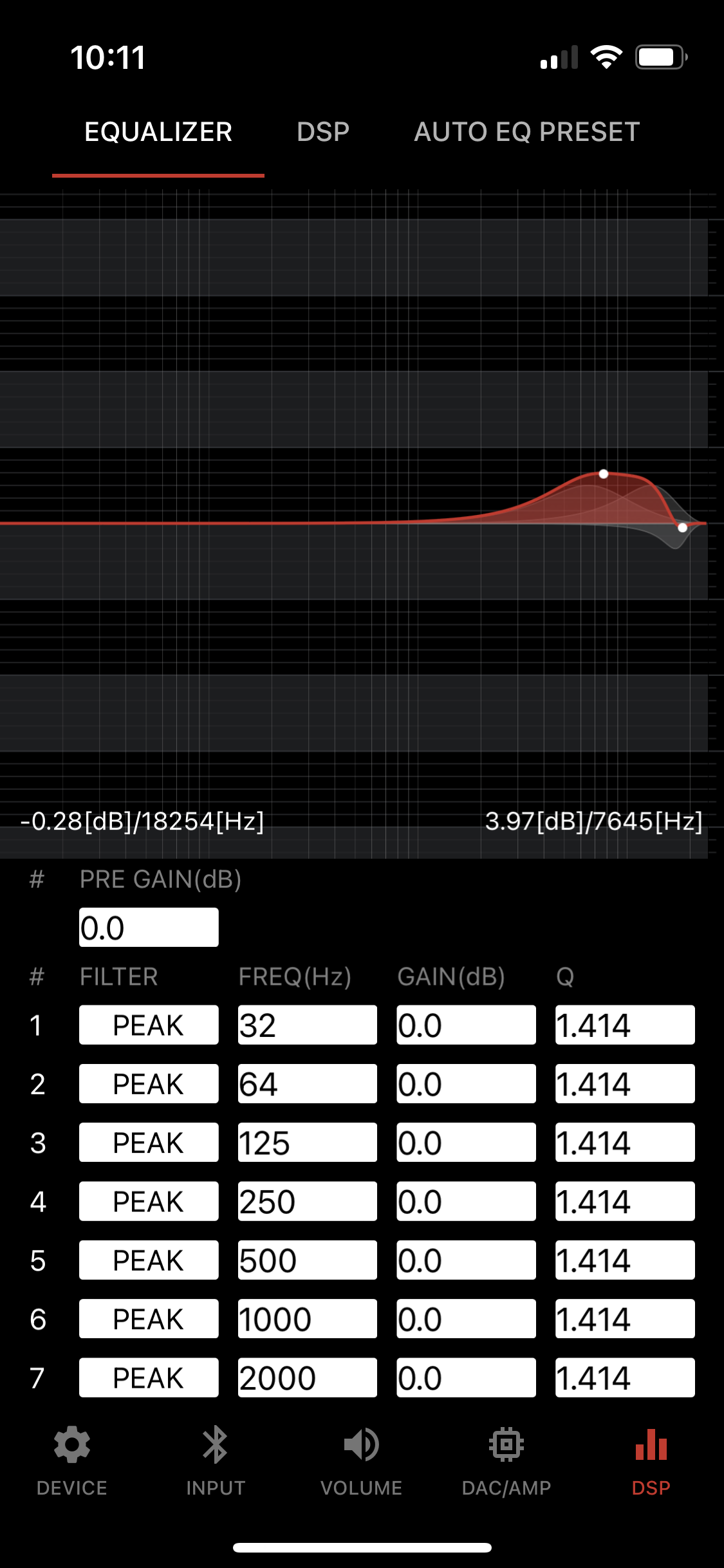Fiio BTR7 vs. Qudelix 5K - Which is for you?

Introduction
Admittedly, I’ve never been someone who understood the appeal of Bluetooth DAC/Amps. My line of thought being “You have a dongle that plugs into your phone, and both are already on your person, so why add an unnecessary component to the chain?”. My stance on this hasn’t necessarily shifted, but having played with a few Bluetooth devices, I’ve started coming around to using them in certain scenarios. At the front of this paradigm shift is none other than the Qudelix 5K. It’s been my Bluetooth DAC/Amp for several months, and recently, I’ve also had the opportunity to test it against Fiio’s new BTR7. The BTR7 is the successor to the Qudelix 5K’s main competitor, the BTR5. How do these two fare against each other on the chopping block?
The BTR7 was kindly provided for review by Linsoul. You can purchase it here. The Qudelix 5K was purchased from Qudelix on Amazon with my own money. As always, what follows are my honest thoughts and opinions to the best of my ability.
Form Factor
BTR7 (without the case): 3.29” (L) x 1.55” (W) x 0.57” (H), 68g
Qudelix 5K: 2.08” (L) x 1.04” (W) x 0.6” (H), 25g

Cheers to mixing filthy imperial units with metric units, but I digress. The Qudelix 5K is the clear winner here from a portability standpoint at less than half the volume and half the weight of its contemporary. And this is including the integrated clip of the Qudelix 5K; excluding the case of the BTR7.

In terms of build quality, this is where I think the BTR7 pulls ahead. The BTR7 appears to be predominantly machined out of aluminum. The integrated screen and glossy surface of the front and back exude a sense of polish. The gray case has a suede finish and tasteful, white stitching on the back. By contrast, it’s clear that the Qudelix 5K puts a stronger emphasis on function over form. It is predominantly composed of plastic leaving aside the aluminum clip, and it lacks the chamfering that decorates the BTR7’s frame.
Usability
No words being minced, this is where I find the Qudelix 5K reigns categorically superior over the BTR7. A lot of this is a reflection of their respective software implementations. The Qudelix 5K’s accompanying app is simply a pleasure to use; far more nuanced than I would’ve imagined to be the case for such a niche product. Re-programming the buttons, stored PEQ profiles, filters, detailed information on the output; you name it, the Qudelix 5K’s app probably has it. And the best part is that it all integrates incredibly well with the Qudelix 5K; it’s an almost seamless experience.

When I use the word “seamless” for the Qudelix 5K’s software integration, a good illustration of this is the displayed battery level granularity. You can see, down to the exact percentage, how much is left with the Qudelix 5K’s battery. It also displays the voltage and the usage over time in the last sixteen hours. Not so much for the BTR7’s accompanying app. By contrast, the BTR7 is limited to gradations of 20% being displayed (e.g. 100%, 80%, and so forth). To me, something like that is a major miss.
Digging deeper, the user interface of the BTR7 would also benefit from some work:
- Powering on and off the DAC requires respective presses of three and five seconds. Disregarding the unnecessary difference in timing, the length of time itself that is required is simply detrimental.
- Adjusting volume using the BTR7 is an unnecessary struggle due to the requirement of an initial click to turn on the BTR7 before it registers adjustments.
- The BTR7 has no automatic shut-off when music stops playing. It will only power off if the Bluetooth connection is broken for a set amount of time. To me, this is a miss because I will often set a timer to stop playing music on my iPhone and the BTR7 will stay on indefinitely.
Everything I’ve listed above are not qualms that I have with the Qudelix 5K. In fact, you can see that almost all of my issues with the BTR7 are a product of its user interface and software. I find that the size difference also does not make a big deal to me in practice. The clip of the Qudelix is definitely more useful, but I usually just throw the device into a pocket when I'm on the go, or have it laying next to me in bed while I'm listening.

Now, the BTR7 does have its perks. One of course being the integrated screen which allows access to a few options (e.g. gain, filters, screen timeout) directly from the device itself. But if you think about it, you’re usually controlling your music from your phone anyways - only necessitating a quick swap to the Fiio app - so it’s not as useful as it might seem. The wireless charging and charging lockout are also nice features, but they aren’t really something that I see as game changers either. Basically, I think that this is a classic example of directing resources to bells and whistles at the expense of practicality.

For both devices, I think that the main selling point - at least for me - is the inclusion of PEQ via their respective apps. Now, if you’re an Android user, this isn’t really something to get excited about. There are players like PowerAmp, for example, that have fantastic PEQ integration. But for readers blissfully unaware, the iOS platform is not as kind to modifications outside of its walled garden - which includes the use of PEQ. For IEM users with iPhones, then, devices like the Qudelix 5K and Fiio BTR7 can actually make a lot of sense despite the “clogging up the chain” argument I presented earlier above.

I know I haven't talked about power considerations, but that's mostly because unless you're running something very power hungry, both of these devices are more than adequate. I had no trouble driving a typical headphone like the Sennheiser HD6XX or my most power-hungry IEMs like the Symphonium Helios. For this, though, I will point out that a nice advantage the BTR7 has over the Qudelix 5K is a 4.4mm balanced port versus a 2.5mm one. Readers will know that I prefer 3.5mm for its ubiquity, but if I had to go balanced, it's 4.4mm all the way. This is where the larger size of the BTR7 is a boon to integrating a more common termination.
Love our in-depth reviews?
We test and review hundreds of headphones every year. Sign up to get the latest news, reviews, guides, and more in your inbox. Join the 60,000+ like-minded audio lovers who love our newsletter!
Sound Impressions
As a disclaimer, source comparisons are prone to exaggeration to better illustrate nuances to others, and it's common to trick ourselves into thinking we've heard a major difference in the heat of the moment. For me, I will say that differences between sources tend to be quite minor (and require a good deal of concentration to discern). I believe they exist, but I am not above ruling out the element of placebo. Basically, I don't think it hurts to be a skeptic when it comes to sound differences between sources. And if you're someone who doesn't hear differences altogether, there's nothing wrong with that (and really, you’ve just saved yourself a lot of money and headache).
I did my listening with my 64A U12t because of its linear impedance curve, while volume matching the BTR7 and Qudelix 5K as closely as possible. Using them as standalone Bluetooth receivers with my iPhone 13 Mini, to be perfectly honest, I found sound differences between the two to be negligible. Even in aspects like upper-treble extension where I’ll usually observe the most extreme differences between sources, I found them to be extremely close. Gun to my head, maybe the BTR7 had a slightly broader, more pleasant center image and slightly fuzzier attack in the bass, but I’m reaching. I didn’t notice any tangible differences between the balanced ports either. For this, I swapped between terminations quickly using a Dunu DUW02 cable.
It’s possible that these observations are a limitation of the lossy Bluetooth codec. To eliminate this variable, I plugged the devices directly into my Macbook M1 Air and played lossless files from Apple Music. While I still found them to sound more similar than different (at least for sources), I picked up on some subtleties that I’m more accustomed to hearing when doing source comparisons. To me, the BTR7 generally has a slightly thicker sense of body to vocals. Bass on the Qudelix 5K is a little tighter and more snappy. The treble of the BTR7 is smoother and has a greater sense of weight behind it. Conversely, treble on the Qudelix 5K is thinner - it sounds like it puts more emphasis on mid-treble - and sports a crisper distinction between rapid instrument lines akin to the bass.
Do I think one device is better than the other for its sound quality? Not really. I think that as with most sources I’ve heard, these differences are more a matter of “different” rather than “better”. I also didn’t find either the BTR7 or the Qudelix 5K to have a noteworthy sense of qualities like dynamics, speed, or detail retrieval. I would say they more or less fall along the lines of “good but not great” for these qualities.
The Bottom Line

So which device is for you? Visually, the BTR7 is the more refined product. It feels good to hold in the hand, and its bells and whistles are more fun to play with. I like running IEMs like my Elysian Diva off of it using the 4.4mm balanced port. In practice, though, the Qudelix 5K is the beloved underdog that will reign supreme for most consumers. While I have the privilege of owning both, my choice - the Qudelix 5K - is fairly straightforward if I could only have one.
